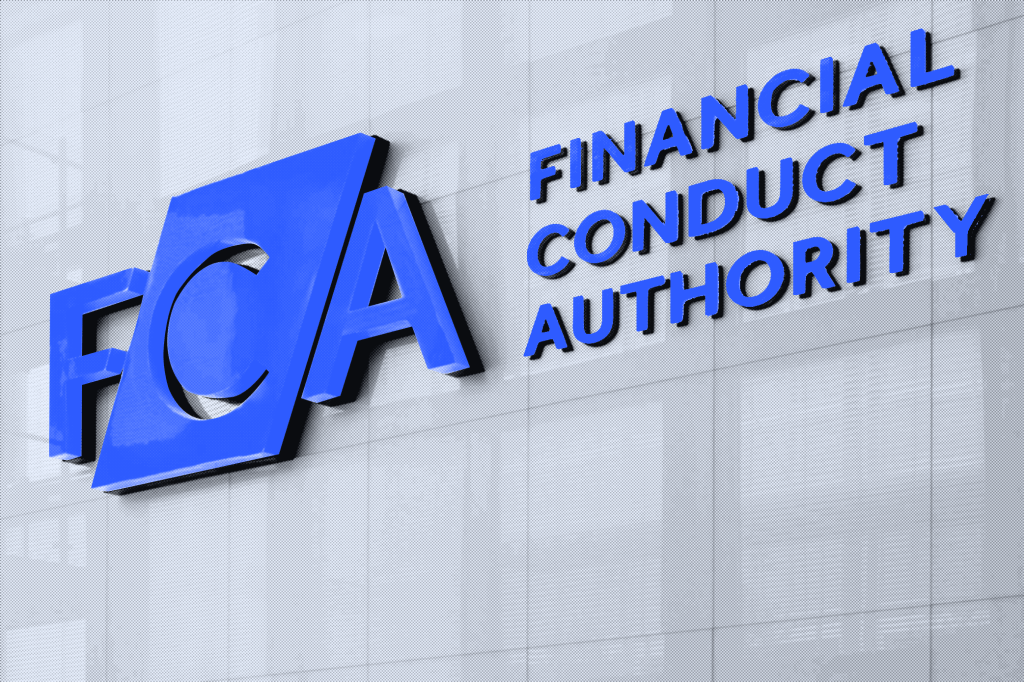The report’s insights are based on data from a worldwide survey, conferences, webinar polling and in-person roundtables across key financial hubs in the US, UK, Europe, UAE, Australia and China.
At the press conference to launch the report, Craig Timm, Senior Director of AML at ACAMS, said that anti financial crime compliance professionals should use the report as “a tool for financial crime programs to educate: the front office, your board and the executive level, as to the main AFC threats.” He said the report provides supporting evidence to use in discussions around financial crime throughout the business.
From the research findings, ACAM forecasts the following AFC threats.
The top 10 global AFC threats
1. Economic downturn and AFC budget cuts
A culmination of declining AFC staff and budgets amid an evolving and heightened risk environment has led to this area being highlighted by participants as the predominant threat.
Respondents highlighted talent retention and outdated legacy IT/data systems as the greatest internal risks to effective financial crime operations, with 50% categorizing these as “high” or “very high” risk.
Without sufficient funding and support, the AFC function will be unable to manage the plethora of threats listed below and should therefore be the priority for organizations.
2. Geopolitical tensions and fragmentation
These dominating concerns present fundamental challenges for AFC management with personnel risks, market volatility, conflict of laws, cybersecurity, energy security and strategic competition. Navigating this fragmented environment introduces new implications for de-risking.
3. Cyber-enabled fraud
Recent technological advancements have caused a rapid surge in recorded fraud, enabled by digital media platforms and the darknet. ACAMS said that pig butchering scams alone have led to the loss of billions of dollars since 2021.
Examining focus regionally, respondents based in the Middle East, US, Oceania and Asia are most likely to allocate their AFC resources to exploitative crimes. In the US and Asia, this may be indicative of trends of human trafficking across the Mexico/USA border and growth in pig butchering scams across Southeast Asia.
An emerging challenge lies in the growth of large language AI models. This has prompted heightened attention from law enforcement and governments who increasingly view fraud as a national security threat.
4. Sanctions and sanctions evasion
Though currently ranking fourth, executive leadership has said this issue is of “paramount importance” and sanctions evasion takes the lead as the area on which most respondents are “very focused”. Concerns stem from the use of sanctions for foreign policy objectives, and the persistent complexity of maintaining “sanctions compliance”.
Anticipated trends in the 2024 sanctions landscape:
- increasing alliances leading to the convergence of sanctions and export controls, strategically aimed at restricting Russia’s access to sensitive technology and degrading its war capabilities; and
- a heightened focus on Russia sanctions evasion taking center stage through concerted US enforcement efforts.
5. The scale and pace of change
The scale and pace of change influences the full spectrum of AFC programs. The participants put emphasis on anticipated regulatory changes in AML, sanctions, cybersecurity, cryptoasset regulation, data privacy/data protection, and fraud.
Institutions face the dual challenge of both acknowledging the operational risks bound to constant change and overcoming the hurdles that impede implementation of effective risk-based controls.
6. The abuse of legal entities and arrangements
Amidst a background of global demands for corporate transparency, the misuse of legal entities and arrangements has emerged as a critical threat. Anonymous legal entities persist at the epicenter of significant cases involving major corruption, money laundering, tax evasion and sanctions evasion.
Authorities are anticipated to intensify efforts by enforcing corporate registry structures and imposing more stringent requirements for beneficial ownership due diligence.
7. Balancing counter-terrorist financing with facilitating financial access and humanitarian aid
Maintaining balance between CTF efforts and the facilitation of financial access to humanitarian aid remains a core priority for the international community, humanitarian actors, and compliance functions. This imperative arises from the evolution of international networks, growth of domestic extremism, and the complexity of new revenue channels.
Unsurprisingly, respondents’ risk perception varied geographically. Transnational criminal smuggling of narcotics, weapons and people was seen as highest risk in the Americas (excluding the US) and Oceania, while international terrorism and domestic extremism were seen as the highest risk in Africa and the Middle East.
The challenge lies in finding a balance, particularly as the physical presence of designated terrorist groups is often accompanied by conflict and fragility, weak state capacity, corruption, poverty and pressing humanitarian needs.
8. Lack of an effective risk-based approach to regulation and supervision
The lack of an effective risk-based approach to regulation and supervision is consistently viewed as a hindrance to the ability of AML regimes to fight financial crime effectively.
The persistent dichotomy between pursuing a risk-based approach recommended by the Financial Action Task Force (FATF) and the practical restraints in doing so remains evident.
Resolving this longstanding dilemma will require a sharp focus from both regulators and regulated entities on addressing high-harm crimes with regulatory clarity and the adoption of innovative technological solutions.
9. Offensive use of technology by criminals
This threat is on the up, with the hostile use of commercial spyware, ransomware and offensive cyber capabilities flagged in the Report as a significant risk to financial crime programs.
Respondents expressed significant concerns about the hostile use of spyware, ransomware, offensive cyber capabilities and generative AI, “with nearly 75% perceiving these as ‘high’ or ‘very high’ risks over the next two years”.
Thriving underground forums and the darknet provide cyber criminals with robust channels to exploit accounts, organizations and critical infrastructure. Of additional concern is the involvement of state-aligned actors, amplifying the overall risk landscape.
10. The threat from within
The internal threat has been exacerbated by growing exposure to risks of money laundering, fraud, corruption and cyber-enabled crime. Its complexity highlights the vulnerabilities in financial institutions’ internal operations, from criminals actively working with employees or contractors to circumvent AFC controls, to security implications arising from hybrid working.
Future focus
The evolving and complex AFC threat landscape will require innovative thinking and collaboration across functional boundaries. While some identified threats are familiar, others are still embryonic and not fully understood. The challenges confronting the modern-day AFC function are diverse, from adhering to a dynamic regulatory environment, geopolitical uncertainties, to internal dynamics and criminal exploitation of rapid technological advancements.
Financial institutions told the report they would like more support from law enforcement and Financial Intelligence Units. Legal, regulatory, and risk management staff also indicated a preference for increased use of technology to facilitate detection – giving a sense of the pressures faced by compliance departments looking to reduce financial crime risk exposure.












